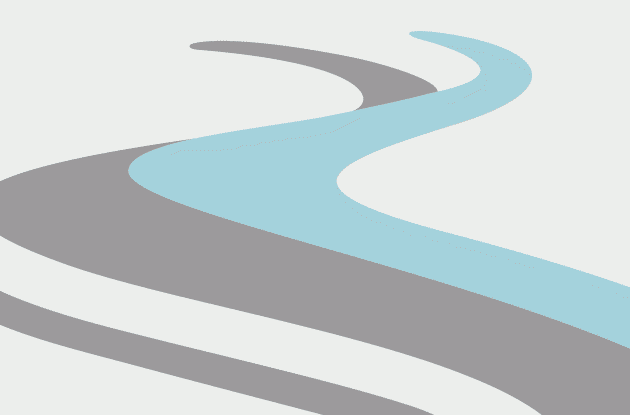Climbing for Flatlanders
You are 180 pounds, lean as you can get, and convinced that there is no way you can keep up with that 135 pound rolling toothpick on the next big climb. Well, you're right. He will ride away from you, but not because he's light.
Big riders from vertically-challenged areas of the country are positive they can't climb hills. As a result, they don't climb hills very well. Great climbing is a skill-dependant aspect of cycling, just like sprinting, cornering, and descending. If you know how to climb, you stand a better chance in the hills.
The next time you encounter a climb, relax! Climbing fast will put you at or near your lactate threshold. Staying seated and calm with your upper body relaxed helps keep your HR a few beats lower, allowing you to pedal little harder before reaching threshold. Remember watching Lance in the
Spin a lower gear. Do not try to muscle your way over long climbs. Reduce your gearing and increase your cadence. You won't accumulate lactic acid as quickly, and are more likely to make it over the climb without blowing up. You will lose much more ground by blowing up and crawling to the top than you will by riding your own steady pace, even if your pace doesn't quite match the local featherweights.
Use physics to your advantage. When you have to climb out of the saddle, align your body over your pedals on the downstroke. If you have to carry that body weight up a hill, make it work for you. I don't mean "throw your bike around underneath you." That will only enrage the riders around you and hasten your departure from the back of the field. Instead of pulling your bars in toward the center as you stand and climb, push them out to the sides. You are already using your triceps and shoulders to support your body weight, why use your pulling muscles as well? Using more muscles means using more oxygen. You can only transport so much oxygen; use it wisely.
The biggest hill in town is a highway overpass? Minor detail. You can practice seated climbing on an indoor trainer with the front wheel elevated 4-6 inches above horizontal. You can hone your out-of-the-saddle climbing technique on even the smallest of climbs. If you need proof that big guys can indeed climb, George Hincapie has made it through the toughest climbs of the Tour de France, at 180 pounds.
Chris Carmichael








